Communist Approval For Western Central Banking
I received an interesting email recently from a distinguished colleague in Spain. He was looking at the Central Bank of Cuba’s website where they state their monetary policy. He said to me, “you could ask your readers if they can grasp similarities and spot differences (other than that they recognize they are not a market economy) as compared with the monetary policy conducted by the Bank of England or the ECB. I guess that more than one western-world central banker would feel comfy with the Cuban approach.” Here’s the text:
In dealing with monetary policy, it is necessary to take into account that it adopts particular characteristics in the case of Cuba, since there is not a market economy but a central planning, mainly, of a financial type. In keeping with these considerations, the instruments of monetary policy carried out by the work of the central bank up to date are the following: controls over exchange rates and legal reserve ratios, among other provisions. In order to make up and implement monetary policy, in 1998, it was created the Comité de Política Monetaria (Monetary Policy Committee) in Banco Central de Cuba which gathers weekly with various objectives: to analyse money liquidity development; give its opinion on interest rates to be applied on the financial system; examine the exchange market where Casas de Cambio CADECA S.A. operates and, in general, inspect, know and decide on everything concerning the country’s monetary policy. Since 1999, important progress has been achieved in the formulation and implementation of monetary policy. In this sense, measures and instruments has been put into practice to adequate the monetary situation of enterprises as well as of the population to the development of the economy. In that year, interest rate policy for the national currency was modified, fixing ceilings of 5,0 percent for the short-term and of 7,0 percent for the medium- and long-terms; this way, the high number of purposes and of interest rates prevailing until then were eliminated. As part of that new policy, banks were given the possibility to move those ceilings to a +/- 2,0 percent, depending on the purpose of the credit, rating of the borrower and other considerations, always taking into account the risk analysis that may be effected. Accordingly, interest rates for credit granting may range from 3,0 to 9,0 percent, without meaning an onerous financial burden for enterprises. In regard to credit policy, it is based on effecting financing in national currency as well as in foreign currency through financial intermediaries under a strict risk analysis. In relation to loans made to the population in national currency, interest rates approved by the end of 1998 are still applied for three loan categories: consumer loans with an interest rate up to 8,0 percent; investment loans with a 9,0 percent as maximum and cash loans with an interest rate up to a 9,0 percent, also. Likewise, as of the 2000, banks are authorised to attract fixed deposits in national currency from natural persons with attractive interest rates shifting from an annual 2,5 to 7,5 percent, according to the term, that may vary from 3 months to 3 years. This measure allows the population to place new resources in this savings method or to immobilise part of the ordinary savings they hold for specific time periods, thus having a favourable impact in monitoring and controlling the money supply. Interest rates of loans to enterprises in freely convertible currency are at reasonable levels, around 11,0 percent, thus redounding to an acceptable cost of financing to the economy. Interest rates on deposits in foreign currency are fixed by commercial banks directly and related to international interest rates prevailing in each moment. At the same time, commercial banks have been authorised to take fixed deposits in national currency from enterprises which are engaged in the entrepreneurial improvement system. Legal reserve or minimum reserve ratio is continued to be applied on demand deposits of commercial banks. It is fixed at 10,0 percent for national currency and at 5,5 percent for foreign currency. This instrument of monetary policy has enable it to act on liquidity of the banking system and, therefore, on expansion or contraction of credit given to the economy. Work has been carried on in making a system of monetary aggregates with the objective of gradually improving control over the money supply. These monetary aggregates include national currency as well as foreign currency. Their components are liquidity held by the population, on demand or for a term, plus savings balances from enterprises and other entities operating within the economy. Likewise, it has been determined the monetary base which includes cash in circulation outside the central bank plus commercial banks’ reserves deposited in the central bank. In this issue, it is important to underscore that, due to the characteristics of our economy, the most important component of the monetary aggregates in order to monitor price behaviour is, precisely, liquidity held by the population which includes cash in circulation and call deposit accounts. On the other side, work is being done to estimate, among other elements, money demand of the economy by means of econometric techniques, counting on, to that purpose, with the advisory of specialists from central banks of Latin America. In relation to the exchange market, the CADECA’s informal market exchange rate which had remained stable for two years at about 20 Cuban pesos for one dollar, by the end of 2001, it was depreciated up to about 26 pesos for one dollar. This was mainly due to the international events and the impact of the world economic recession on the Cuban economy. The existence of a double money circulation is an aspect which makes difficult to conduct Monetary Policy at present. This is an issue where attention is focused on and whose solution is linked to the growth of the country’s economy, the increase in financing of the Current Account deficit in the Balance of Payments, mainly at medium- and long-terms, and to the increase of the International Reserves to acceptable levels. Along these years, specialists from Banco Central de Cuba have carried on different research works in which experiences from other Latin American countries facing a similar situation have been analysed.




